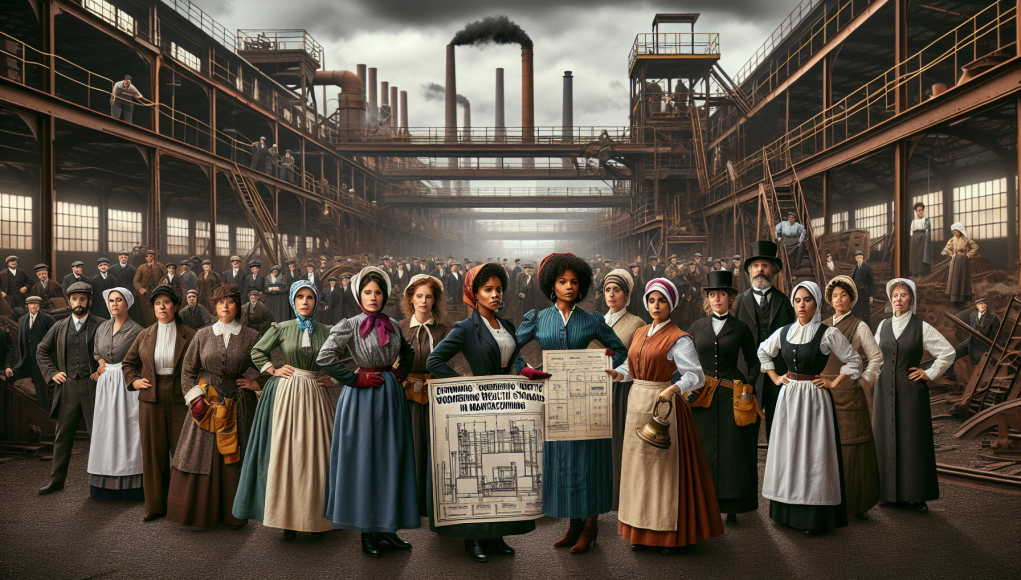Empowering Safety: Pioneering Women’s Health Standards in Manufacturing
In the realm of industrial environments, where precision, strength, and innovation converge, there’s a critical yet often overlooked aspect deserving our attention: the health and safety standards tailored specifically for women. As we celebrate Women’s History Month, it is an opportune moment to spotlight the strides made in adapting industrial safety protocols to meet the unique needs of female employees. This reflection serves not just as a tribute to the past, but as a clarion call to further advancement.
The Intersection of History and Industry
Women’s participation in manufacturing has deep historical roots, stretching back to the factories of the World Wars, where they stepped in to fill the void left by men who had gone to battle. These pioneering women forged new paths, but not without challenges. The environments they inherited were designed primarily for men, often overlooking the distinct safety requirements that women had.
In contemporary times, as the industrial sector evolves, so too must its approach to inclusivity and safety. This is where the legacy of those trailblazing women intersects with today’s initiative to tailor occupational health standards, ensuring women are not just participants, but safe and thriving contributors in their workplaces.
Addressing Unique Health and Safety Needs
Recognizing that a one-size-fits-all approach cannot suffice, contemporary manufacturers are increasingly adopting gender-sensitive safety protocols. Ergonomic assessments, personal protective equipment (PPE) designed to fit female bodies, and more personalized health screenings are just a few initiatives gaining traction.
Moreover, addressing issues such as reproductive health, musculoskeletal differences, and even the nuanced impacts of prolonged exposure to industrial environments, plays a pivotal role in crafting these comprehensive health and safety standards.
Innovation Through Inclusivity
Progress in these areas is not only a measure of social responsibility but a testament to innovation. Inclusive safety practices lead to higher productivity, lower absenteeism, and a cohesive workplace environment that values all contributions. Safety and health standards that truly work for everyone are indicative of a forward-thinking organization that values innovation and progress.
Trailblazing Policies and Their Champions
Manufacturing organizations leading by example have begun to other sectors into a brighter future. Leadership within these companies persistently advocates for policy reforms that ensure women’s health concerns are prioritized, from the factory floor to the boardroom.
Simultaneously, institutions and governments are recognizing the need to create regulations that protect women in industrial sectors, encouraging research and awareness that continue to improve our understanding.
The Road Ahead
As we forge ahead, embracing the lessons of history, we must continue to champion and implement innovative health and safety practices that cater specifically to women in manufacturing. This Women’s History Month, let us celebrate the trailblazers who have come before us and renew our commitment to creating work environments that prioritize inclusivity and safety.
The future of manufacturing is not only about technological advances but also about creating equitable workplaces that honor all individuals’ contributions. Together, we can pave the way for a new era in industrial health and safety, one where women are empowered, protected, and celebrated.



















